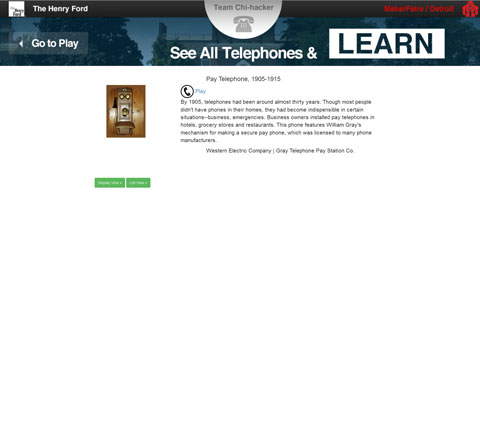The Designful Company: How to build a culture of nonstop innovation by Marty Neumeier BOOK NOTES
After recently moving I’ve been unpacking my books. Here is an oldie but goodie that I hadn’t put my book notes up on.
Marty Neumeier calls for the creation of Designful companies. Arguing that the more successful companies are those that can differentiate their experiences (products and services and brands) from the competition in meaningful (and valuable) ways for customers. A successful way to repeatedly do this is through innovation and change directed by the practice and philosophy of design being part of the culture of a company.
p3
Survey …1,500 top executives … wickedest problems plaguing their companies today … while the list included the usual suspects of profits and growth, it also revealed concerns that hadn’t shown up on corporate radar screens utnil now: aligning strategy with customer experience, addressing eco-sustainability, collaborating across silos, and embracing social reponsibility.
p15
Design >> Innovation >> Brand >> Loyalty >> Profits
p17
Use design to create differentiated products and services that delight customers.
p32
Today we need a broader definition of design in which the key measurement is not styling but performance.
p33
You just need to find a situation worth improving and then work through the creative process.
p34
Managers can use it to design high-functioning teams. Environmental designers can use it to design engaging experiences.
p56
If you probe more deeply into what drives innovation, only a few will understand that innovation comes from company culture.
p70
The same principles that activate other forms of art will soon be essential to the art of management. Why? Because the more technological our culture becomes, the more we’ll need the sensual and metaphorical power of beauty.
p78
Good design does not depend so much on the eye of the beholder, but on a combination of aesthetics and ethics. Good design exhibits virtues. What virtues? You know, good old-fashioned virtues like generosity, courage, diligence, honesty, substance, clarity, curiosity, thriftiness, and wit. By contrast, bad design exhibits human vices like selfishness, fear, laziness, deceit, pettiness, confusion, apathy, wastefulness, and stupidity,
p83-
A Flywheel of Innovation
- Take on Wicked Problems
- Weave a Rich Story
- Establish An Innovation Center
- Bring Design Management Inside (Compete with the outside, Offer Thought Leadership, Knock down the walls)
- Assemble a Metateam
- Collaborate Concertine-Style
- Introduce Parallel Thinking
- Ban Powerpoint
- Sanction Spitballing
- Think Big, Spend Small
- Design New Metrics
- Institute Branded Training
- Learn Through Acquisition
- Add a Seat to the Table
- Recognize Talent
- Reward with Wicked Problems
p97
… wield culture as a competitive weapon.
p99
Since respect comes from a combination of performance and proactivity, mimicking a successful design studio can trigger the same level of respect usually reserved for external firms.
p99
It can develop its own engagement processes, seek interesting problems to solve, and make “pitches” to internal clients.
p102
What if the internal design department could jump-start design thinking by running educational programs on innovation, design thinking, and brand-building?
p106
Design management should never be outsourced … conversely many of the design skills needed to execute brand-related projects should ALWAYS be outsourced, since the outside is where you find best-of-breed specialists.
p111
The primary tool for creative collaboration – and one that’s under-employed today – is the design brief. A well-conceived brief can focus collaborators on the common goal, reduce the costs of orientation, allocate roles and responsibilities, and provide a framework for metrics.
p121
You have to wonder about a CEO that needs a survey to find out if his employees are happy.
p125
… act as master facilitator of his creative metateam, pulling ideas up through the pyramid instead of driving them down from the top.
p130
The journey of the innovator, as one designer described it, is learning how to “cut cubes out of clouds.” How can you give sharp edges to a soft concept so everyone can see it? How can you make the intangible tangible?
p151
… people no longer want jobs – they want support to fulfill their dreams.








